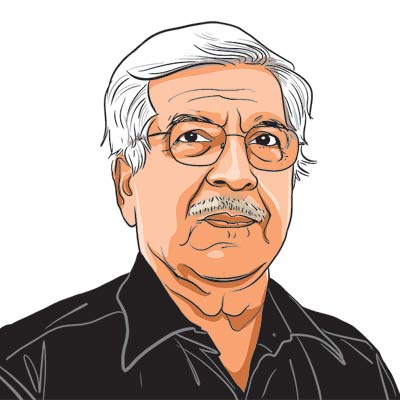Opinion FDI in Power
My impression is that power sector is on a turning point and the upswing in FDI also may come earlier.
In a recent interview Steve Durose,Fitch Asia Pacific Energy and Utilities Team Head said that In power sector there are plentiful Indian corporate and capital developing power. It seems it will take a while before India begins to attract capital in the energy segment. He was referring to Foreign Direct Investment and indicated that I feel they will remain cautious given the track record of the Government in this regard.
My impression is that this sector is on a turning point and the upswing in FDI also may come earlier. As regards transmission and distribution,India by now has one of the largest HVDC transmission capacities at around 1500 CkM,which is to rise. The development of a national grid facilitates optimal utilization of resources by bulk transfer of power from surplus regions to deficit regions in the country as well as to facilitate scheduled/ unscheduled exchange of power between regions and has been an objective from 1997. India has the largest capacity in High Voltage DC lines in the world. Inter-regional transfer capacity currently available is 20,800 MW and will go up to 32,650 MW by 2012.
During the last two years the Power Grid Corporation of India Limited (PGCIL) has added 5,900 MW of transmission capacity. These very substantial achievements. But official agencies admit thatAlthough the power transmission segment has been opened to private investment in 1998 there has been only a limited success in attracting private investment. InterState trade in power started on large scale in 1997/98 and soon after merit order pricing also started. There was success then but was later thwarted. The first project was approved and implemented in the late Nineties,but once that reform was given up,the memory of the investment also vanished.
In 1997 FDI approvals reached Twenty Five billion rupees ( approximately US $ 675 million) from less than a tenth of that earlier and actual inflows reached around Ten billion rupees from nothing earlier (In 1997/98 the exchange rate was US $1=Rs.37.17). In his analysis,A book by Kandula .Subrahmanian notes The framework of this draft legislation(Parliamentary Committee approval to the Transmission Bill discussed above;paranteheses added) was used to approve the first major private transmission private sector Mangalore project in India in 1997,by Y.K.Alagh as Minister.
The National Grid of the UK,which was to execute the Mangalore transmission project,is the only foreign utility company in India maintaining operations to date. That (the legislation) was cleared only in 1998,and to date there have been no private investments in the transmission sector.. Foreign Direct investments dried up in the period 1999/2005 and already by 2001 was close to zero. Approvals declined to less than a tenth by 1998 and reached close to nothing by 2004 and so did actuals.
But there are substantial changes now with agencies mandated to back up inter regional power trade and a retail market in power underway. Unlike telecom and airlines where competing private entrepreneurs were brought in with good results,in case of power distribution the wires business being of its nature a natural monopoly ,the only way to bring in private enterprise without duplication was by privatizing the erstwhile state discoms as has been done in Delhi with great success using a PPP model. It is now hoped that the Delhi experience and the outstanding performance of the private distribution licensees of Mumbai,Kolkata,Ahmedabad and Surat whose robust business model has been sustained over a century will lead to acceleration of distribution privatization in the country in the near future and open up huge investment opportunities for both suppliers and utilities.
Apart from reduction in AT&C losses,the desired state for distribution is separation of wires and supply. Wires is a natural monopoly and can be regulated. Supply on the other hand can be competitive thus bringing in lower tariffs for consumers. Even wires can be further disaggregated into ownership,operation,O&M,Metering,Billing and be offered to different entities having these core competencies. This is a development that will require legislative changes,as well as healthy distribution systems as a precondition.
It is a big breakthrough that in States like UP the Delhi model has been replicated and cities like Agra and Kanpur have privatized distribution within the Ahmedabad private power company Torrent having won the contracts and started working in Agra. Also there has been substantial reform in cities like Bhiwandi. If the process is supported it will lead to a breakthrough.





